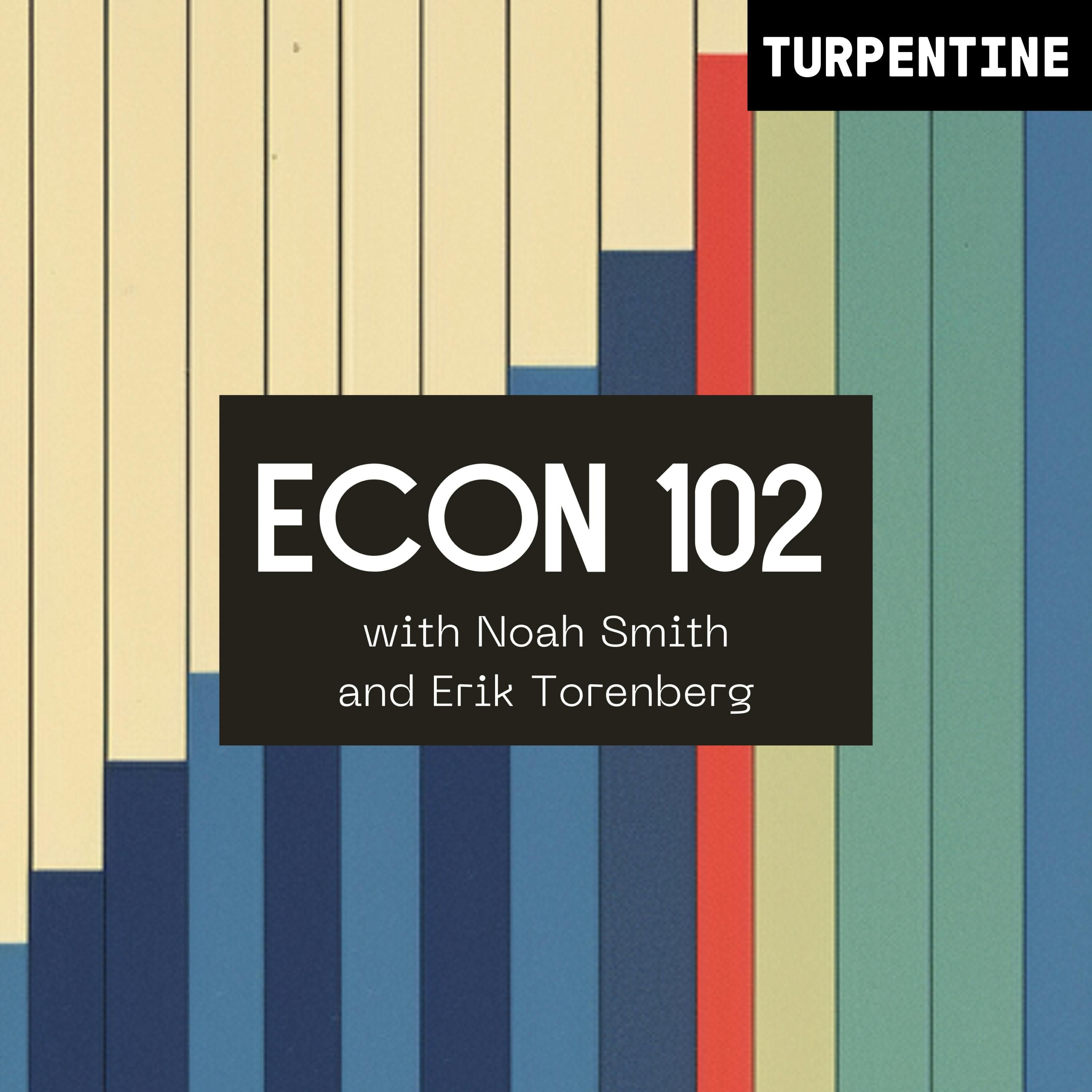PortalsOS
Related Posts
Vote to see vote counts

Herbert Hoover, known as 'the great engineer,' attempted to shift the U.S. from laissez-faire capitalism to industrial policy, but failed due to macroeconomic challenges.

The U.S. government should consider a Marshall Plan for America to revitalize cities with tech jobs and advanced manufacturing.

The U.S. has a mythological belief that wartime production can happen quickly, but modern technology complexity makes this unlikely.
China's completion of the world's tallest bridge in under four years is a testament to their engineering prowess. The bridge, featuring a restaurant 2,600 feet above a river, a theme park, and a glass skywalk, has gone viral, sparking questions about why the U.S. no longer undertakes such ambitious projects.
The U.S. financial markets' ability to finance large-scale projects is a significant asset that can be leveraged for manufacturing growth.

The Manhattan Project and Apollo missions are examples of successful engineering-led projects within the US government.
The U.S. financial markets' ability to finance large-scale projects is a significant asset that can be leveraged for strategic priorities.

The U.S. financial system's ability to finance large-scale projects is a significant asset that can be used to support national strategic priorities.

The current state of American infrastructure is hampered by excessive bureaucracy and a lack of tolerance for risk. In the past, projects like the Transcontinental Railroad were completed despite significant dangers and challenges, driven by a national will to achieve greatness.
The drive to achieve greatness as a nation has diminished. While individuals still strive for impressive accomplishments, a cultural shift is needed to inspire collective ambition and support for monumental projects, such as space exploration, which are often dismissed as wasteful.